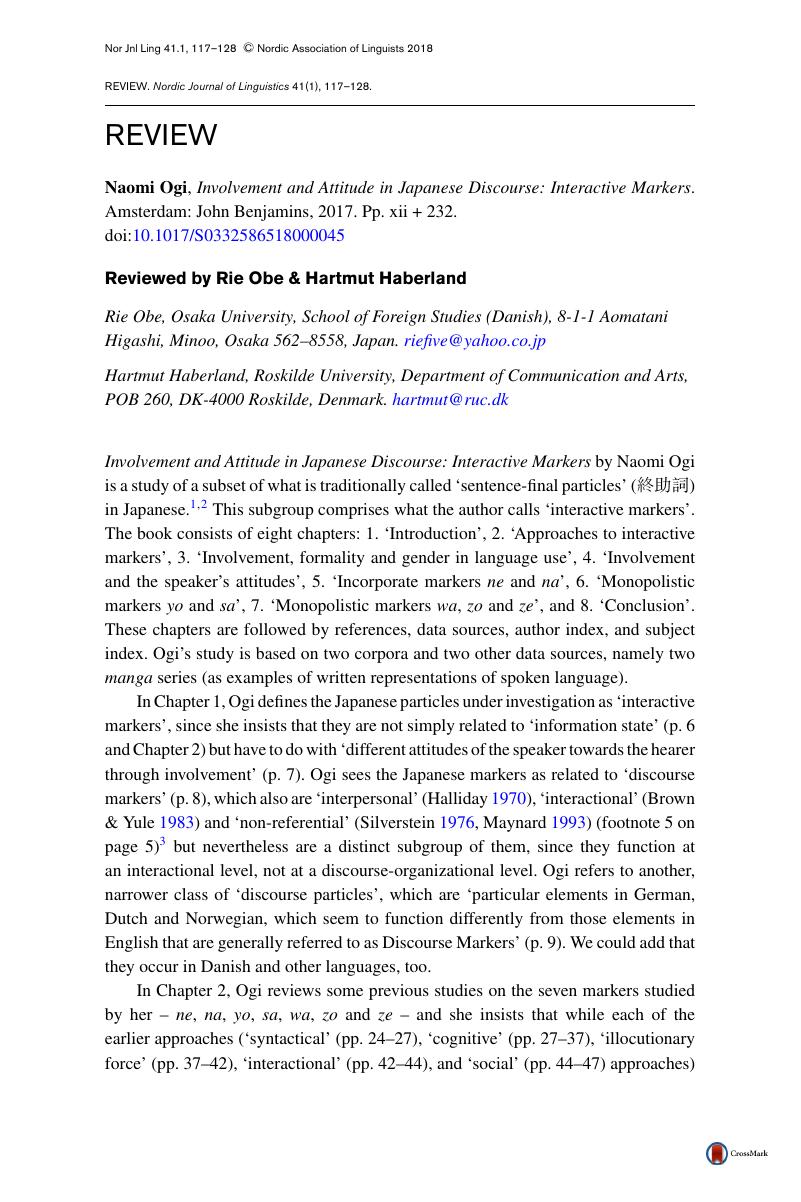Crossref Citations
This article has been cited by the following publications. This list is generated based on data provided by Crossref.
Panov, Vladimir
2020.
The marking of uncontroversial information in Europe: presenting the enimitive.
Acta Linguistica Hafniensia,
Vol. 52,
Issue. 1,
p.
1.



